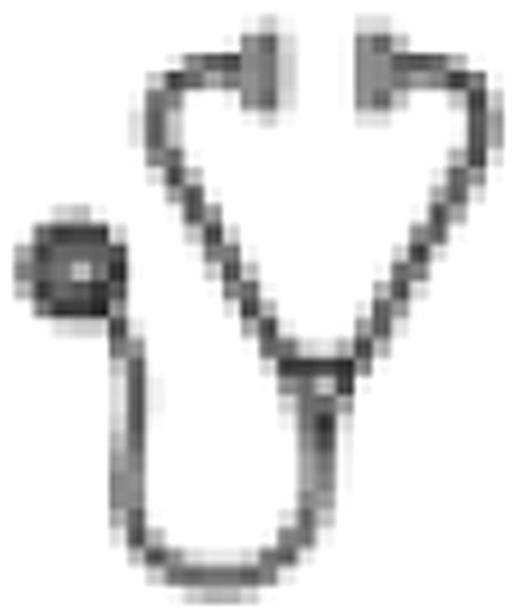Abstract
Contamination of blood and blood components by bacteria, virus, fungi and parasites is a major safety risk in transfusion medicine. Novel proof-of-concepts for microbial reduction that enhance risk-to-benefit ratio of the treated products are still an unmet public health need in transfusion medicine. We have recently shown that synthetic antimicrobicidal peptides (AMPs) originating from thrombin-induced human platelet-derived antimicrobial proteins (named PD1-PD4) and repeats of Arginine-Tryptophan (RW1-RW5), demonstrate microbicidal activity against bacteria in plasma and PCs. In the present study we selected RW2, RW3 and RW4 and tested the effect of the peptides individually and in various combinations (cocktail) to see whether the cocktail approach enhances the antimicrobicidal activity of these peptides.
The RW2, RW3 and RW4 peptides were tested on platelet samples spiked with 104 colony forming units (cfu) of Staphylococcus aureus, Staphylococcus epidermidis and Pseudomonas aeruginosa. Each spiked sample was incubated individually with 10 mM of RW2, RW3, and RW4 peptides for 1 hour at 37°C to observe their individual effect. Peptides were then combined in the following way to assess their cocktail effect: RW2+RW3; RW2+RW4; RW3+RW4; RW2+RW3+RW4. Spiked sample without any peptide was included as control. Following incubation with the peptide a ten-fold dilution of the inoculum was made and a fixed volume plated on nutrient agar plates. The plates were incubated at 37°C for 18–24 hours and colonies were counted and expressed as cfu/ml.
Our analysis revealed that individual peptides RW2, RW3 and RW4 were either ineffective or were moderately microbicidal (100-fold reduction) against S. aureus, S. epidermidis and P. aeruginosa. However, in combination (cocktail), these peptides together demonstrated enhanced microbicidal activity against bacteria in spiked platelets. The combinations, RW2+RW4, RW3+RW4 and RW2+RW3+RW4 were the most effective that resulted in 1000-fold reduction of all three bacteria tested.
The present study conclusively demonstrates the synergistic effect of antimicrobicidal peptides whose combined microbicidal activity is 1000-fold higher than when the peptide is acting alone. By selecting appropriate combination of AMPs against specific bacteria of interest, new proof-of-concepts could be developed that are alternatives to the current pathogen reduction agents.
The findings and conclusions in this abstract have not been formally disseminated by the Food and Drug Administration and should not be construed to represent any Agency determination or policy.
No relevant conflicts of interest to declare.

This icon denotes an abstract that is clinically relevant.
Author notes
Asterisk with author names denotes non-ASH members.

This feature is available to Subscribers Only
Sign In or Create an Account Close Modal